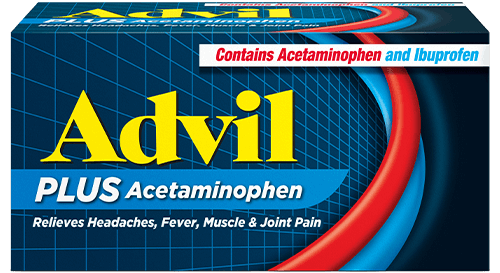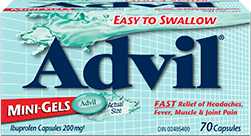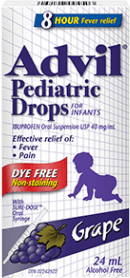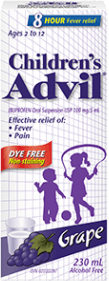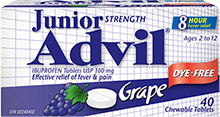Does Your Child Have an Ear Infection?
Learn more on signs to look for and what you can do
If your child has an ear infection, you’re not alone. Three-quarters of all children will have at least one ear infection before they are old enough to start school, and children between the ages of 6 months and 3 years are the ones most likely to get them.
Ear infections can affect the outer ear (swimmer’s ear), the middle ear (otitis media), or the inner ear (labyrinthitis). Most ear infections in children are middle ear infections. They occur when the tube that connects the middle ear to the back of the throat (Eustachian tube) swells and blocks mucus from draining into the throat. This allows germs to grow in the mucus and make pus that builds up in the middle ear.
Most ear infections clear up on their own, but in some cases a doctor may prescribe an antibiotic if the infection is caused by bacteria versus a virus. (Antibiotics don’t work against viruses.) Antibiotics work to fight the infection, but they don’t relieve pain immediately.
What You Can Do
If your child is in pain from an ear infection, you can help by putting a warm face cloth over the child’s ear and treating the pain with a medication such as ibuprofen (Children’s Advil).
Signs To Look For
Older children can tell you if they have an earache, but in younger children, you may have to be alert to more subtle signs, such as:
- Acting fussy or grumpy
- Tugging or pulling at the ear
- Having trouble sleeping
- Having trouble hearing
- Developing a fever
- Not wanting to eat
- Vomiting
- Some children also have fluid draining from their ear
Can They Be Prevented?
There are some steps you can take to help prevent infections in children. Here are some tips that can help.
- Protect your child from exposure to smoke. Ear infections are more common among children who are around tobacco smoke. Even the fumes from tobacco smoke on your hair and clothes can affect them.
- Avoid bottle-feeding when your baby is lying down, and never put your baby to bed with a bottle. Feeding in a horizontal position can cause liquids to flow back into the Eustachian tubes.
- Encourage handwashing and ensure your child is immunized to help prevent upper respiratory infections and other diseases that can lead to ear infections.
- Breastfeeding your baby can help as the antibodies in breast milk may reduce the rate of ear infections.
- Control allergies as the inflammation (swelling) of the nasal passages and upper respiratory tract caused by allergies may increase risk of ear infections.
Be sure this product is right for you. Always read and follow the label. This information is provided for informational purposes only and is not intended as a substitute of any kind for professional medical advice, diagnosis or treatment of a qualified professional as required. Speak to your healthcare professional before making any changes to your lifestyle, or beginning or discontinuing any course of treatment. Never disregard professional medical advice or delay in seeking it because of something you have read on this site.

